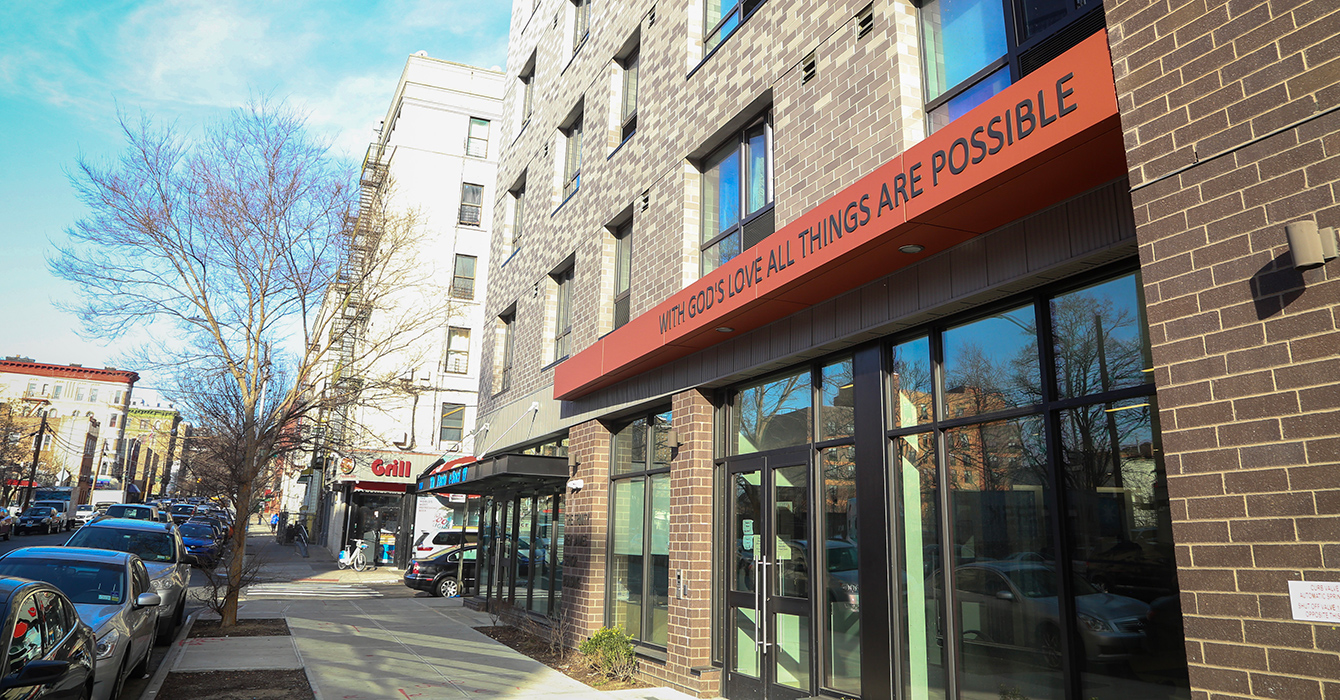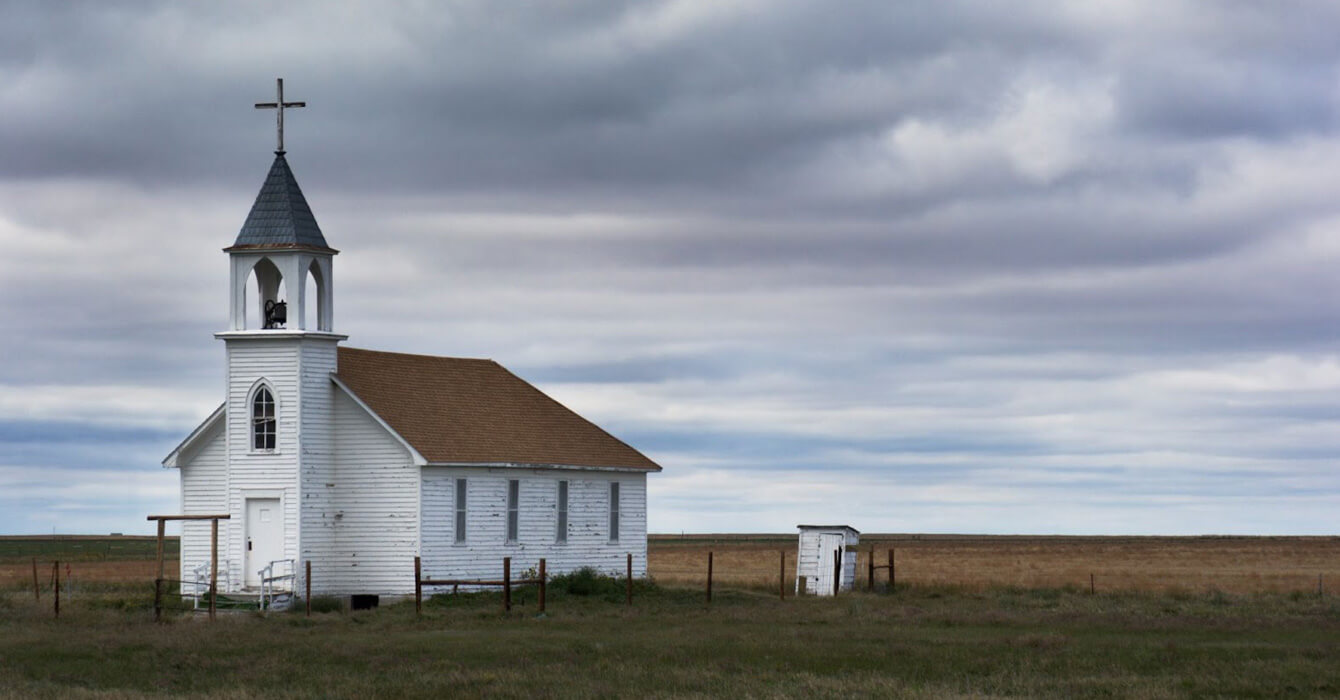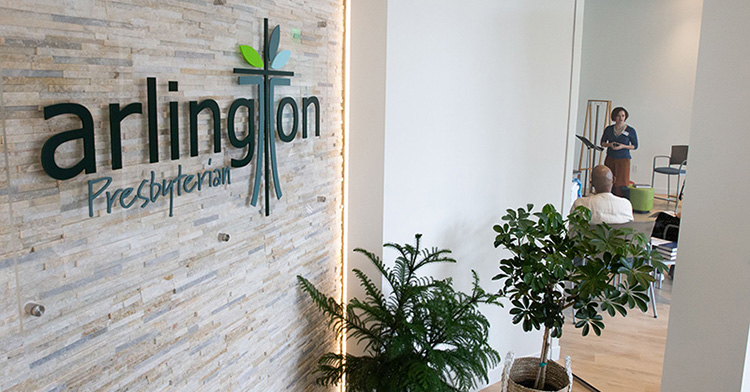The teachings of most religions and denominations encourage followers to care for God’s creation. Many congregations have taken the message of environmental sustainability to heart and are working to make their practices and properties friendlier to the environment.
However, many congregations neglect to address one practice that would have a major impact on their environmental footprint: sharing their properties with other community users.
U.S. houses of worship are victims of a “great mismatch”: with fewer Americans attending services regularly, many small, aging congregations are meeting in large, deteriorating properties — and meeting infrequently at that. Their annual real estate operating costs are an estimated $7 to $10 per square foot of space. Transportation mobility and internet connectivity have vastly increased competition for the neighborhood house of worship. To top it all off, the COVID-19 pandemic has thrown a giant wrench into the works.
Yet many of these mismatched congregations are interested in sustainability. They might start recycling, improve stormwater runoff, try to achieve net-zero carbon emissions or seek LEED certification.
Most church sustainability guides — some compiled by denominations, others by environmental groups — list these kinds of activities but ignore a critical action to ensure true environmental sustainability: using their often grossly underused properties as fully and productively as possible for the community good.
Church properties can be underused by time — only one or two days a week; they can be underused by volume — empty education wings and parking lots; and they can be underused by activity type — activities that don’t connect with the community.
Should a house of worship that achieves a net-zero carbon footprint but whose buildings serve only a few people a few hours per week be considered environmentally sustainable?
Consider the example of two city buses. The first bus carries an average of 60 passengers several hours seven days a week. The second bus carries a dozen passengers only a couple of hours one day a week.
As a result of its increased load, the first bus has to stop more often, open and close its doors more, exert more wear and tear on its engine and tires, and use much more fuel. The second bus enjoys relatively uninterrupted journeys and sits in the garage six days a week.
Which bus is more environmentally sustainable? A person might judge the second bus to be more sustainable in the narrow net-zero sense. But common sense would dictate that the first bus has a much greater positive impact on the environment. The full city bus is a workhorse, drawing its passengers from those who might otherwise be driving their own cars, greatly reducing overall carbon emissions.
Is your house of worship like the first bus or the second bus?
Failing to take building use into account is a problem with office, retail and residential properties as well. The U.S. Green Building Council awards their coveted LEED Silver, Gold and Platinum designations on the basis of net energy consumption, not the quantity or quality of what goes on in the building.
For many congregations, taking this step is difficult. Members used to occupying their own space often don’t like the inconvenience of sharing their real estate, and finding the right occupants can be a challenge.
“Congregations become as protective as homeowners,” says the Rev. Dr. Thomas E. Frank, longtime professor and the author of Historic Houses of Worship in Peril: Conserving Their Place in American Life, “anxious not to scratch the new flooring, fearful of strangers moving into the neighborhood, welcoming only friends and family and ‘people like us.’”
Clergy and laypeople struggling to keep the doors open and the lights on also might find it difficult to take on a new project even if they are enthusiastic about improving the sustainability of their building.
But an unshared house of worship is less than environmentally sustainable, not because the carbon footprint is large, but because the beneficiary population is small.
Contrast that with houses of worship that have purposefully opened their doors to other activities — whether because it helps fulfill their mission or balances the church budget or both.
- Viers Mill Baptist Church in Silver Spring, Maryland, hosts three immigrant congregations in addition to its own in a vibrant neighborhood.
- St. Jax Centre, formerly St. James the Apostle Anglican Church, in Montreal is home to an agency serving immigrants, a circus, and a circus school, in addition to a church.
- St. Peter’s United Church of Christ in Louisville, with the assistance of the UCC Church Building & Loan Fund, transformed a struggling 12-member church into a 30,000-square-foot, $7 million mixed-use development, The Village @ West Jefferson.
To ensure true environmental sustainability, houses of worship need to let the community into the church, focusing on:
Mindset: Understand church property as a community asset, not a private asset. The Cooperative Baptist Fellowship offers creative ideas for its member churches in a two-volume collection of case studies, “Sacred Spaces, Innovative Places.”
Properties. Recalling the quote often attributed to John Wesley, use your property for “all the good you can, by all the means you can, in all the ways you can, … at all the times you can, [for] all the people you can, as long as ever you can.” A small congregation meeting in a huge building is environmentally problematic and financially questionable.
Measurement. While monitoring improvements to the carbon footprint and other environmental concerns, also measure the community impact of the house of worship’s real estate. How many people are being served, and with what impact on their lives?
Management/ownership. If the congregation is unable for whatever reason to enliven its property, consider getting it into the hands of someone who can, whether it be through better management or sale and leaseback.
Striving for a zero-carbon footprint and other measures is an important, laudable way to improve environmental sustainability. Yet it’s just as important for a house of worship to use its real estate in ways that make it more than a clubhouse for its members — a true community asset.
[A]n unshared house of worship is less than environmentally sustainable, not because the carbon footprint is large, but because the beneficiary population is small.

















